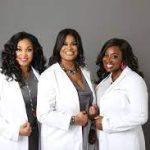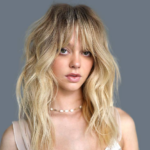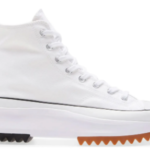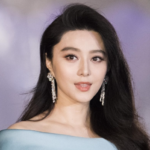What’s Poison Ivy Rash?
Poison ivy rash is a type of skin hypersensitivity reaction that results when your skin gets in contact with an oily resin from the leaves, stem, berries, and roots of Poison Sumac, Poison Oak, and Poison Ivy plants. The oily resin is called Urushiol.
Overview

Did you know that….?
You can easily avoid developing a poison ivy rash by simply washing off the Urushiol from your skin using lukewarm or cool water within 30 minutes after contact with the oily plant resin then applying some soothing lotions on the affected area.
Symptoms
Not everyone who comes in close contact with the leaves, stem, root, or even berries of the offending plants end up with the rash. Some people are just not sensitive to urushiol. However, others are very sensitive to this oily plant resin and will develop poison ivy rash upon contact with the plant resin. Here are some tale tale signs and symptoms of the rash.
- skin swellings
- Localized or wide spread skin rash
- Skin itchiness and redness
- Skins blisters
- Breathing complication (rare)
The linear manifestation of the rash is attributed to the manner in which people normally brush themselves on the leaves of the offending plants. However, the rash can also be wide spread especially if the urushiol spreads to other parts of the body such as the face and chest area.
Quick Read: Health benefits of lavender oil
That can happen for example when one accidentally touches their face or any other part of the body after coming in contact with uroshiol from a plant part or any contaminated surface.
Poison Ivy rash has a slow onset lasting between 12 and 48 hours after you interact with the oily plant resin. Similarly, the symptoms of the rash take some time to resolve – 2 to 3 weeks.
Also Read: How to Maintain Proper Mental Health During the Covid-19 Pandemic
Causes of Poison Ivy Rash
How do you acquire the rash?
Urushiol is a sticky and oily plant resin found in the stem, leaves and roots of Poison Ivy, Poison Sumac, and Poison Oak plants. Because of the sticky nature is this plant resin, it can be easily acquired by:

- Coming into direct contact with the leaves, stem, roots, and berries of Poison Sumac, Poison Ivy, and Poison Oak.
- Interacting with contaminated objects such as farm equipment, clothes, shoes, and other surfaces that have been contaminated with urushiol.
- Touching pet fur that’s been contaminated with Urushiol and then accidentally touching any part of your body.
- Breathing in smoke from burning Poison Ivy, Poison Sumac, or Poison Oak plants.
Diagnosis
Diagnosing the rash is by physical examination. Usually, you won’t need a physician to make the diagnosis. Poison ivy rash is one condition that can be accurately self diagnosed.
Quick Read: Best Makeup Tips for Teens
How to Prevent Poison Ivy Rash
If you’re an outdoor person, and you better be, chances are you will interact with one or all the above mentioned offending plants somehow.
Quick Read: Rheumatoid arthritis basics
It could be during your evening or early morning runs with your pet dog, when tending your backyard garden, working the farm, camping, or even when hiking. Here are some tips to keep you safe from developing a Poison Ivy rash:
- Lean how to identify Poison Oak, Poison Ivy, and Poison Sumac plants by their physical appearance so as to avoid them.
- Always wear protective gears such as long sleeved clothing, socks, boots, etc. whenever you’re out and about in the wild.
- Uproot the offending plant whenever you come across them.
- Wash your skin with lukewarm or cool water once you suspect exposure to urushiol, then apply a soothing cream.
- Wash your pet’s fur within 30 minutes of suspected exposure or after your evening or morning walk or run in the woods.
- Consider applying a barrier cream before heading out to the woods
Treatment
How is Poison ivy rash treated?
The treatment options available for this rash mainly involve management of symptoms.
For instance, your doctor may prescribe pain relievers such as corticosteroids or antipyretics to help with any fever. Also, if the blisters become infected because of scratching, some antibacterials may be used.
Quick Read: New Findings on the Causes and Treatment of Arthritis
Did you know that….?
Poison Ivy rash is self limiting and normally resolves on its own after 2-3 weeks.
Home Remedies for Managing Arthritis
There are a couple of home-based remedies that can be used to manage the itchiness and pain associated with the rash. Here are some options you may find useful:
- Washing the affected area with lukewarm or cool water mixed with 100g baking soda.
- Using over the counter (OTC) antihistamine drugs: contact your local pharmacy or drug store for the best options.
- Applying an OTC cortisone-based or menthol-based creams or calamine-based lotions on the affected area.
While Poison Ivy symptoms normally resolve after 2-3 weeks without treatment, consider contacting your doctor if symptoms worsen or persist for more than 3 weeks.























